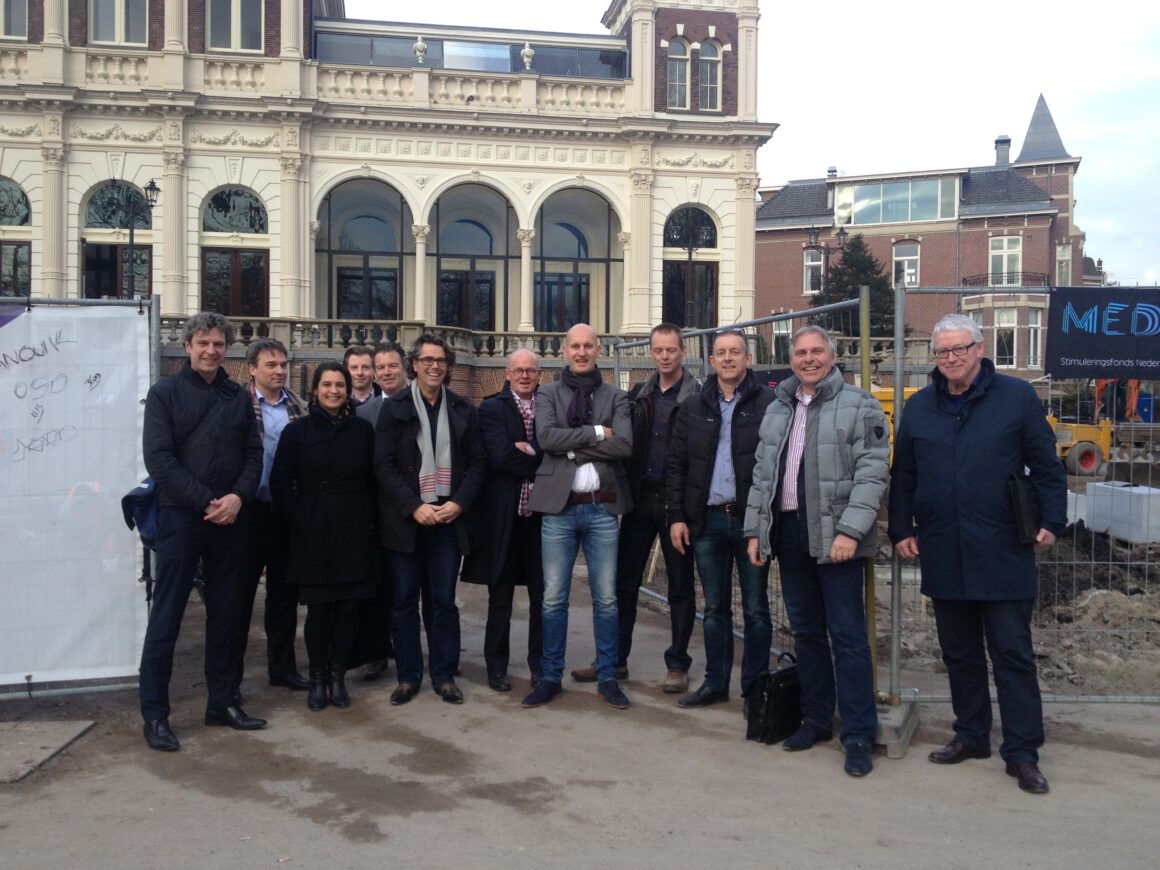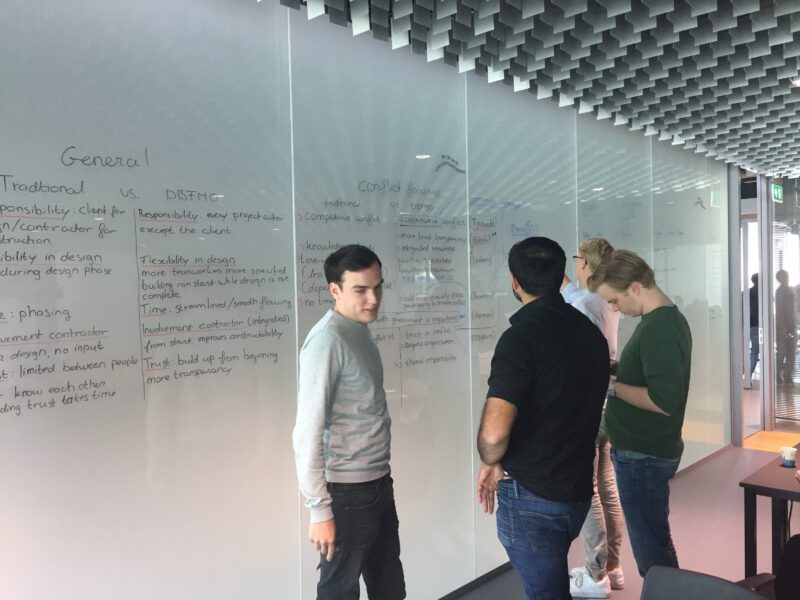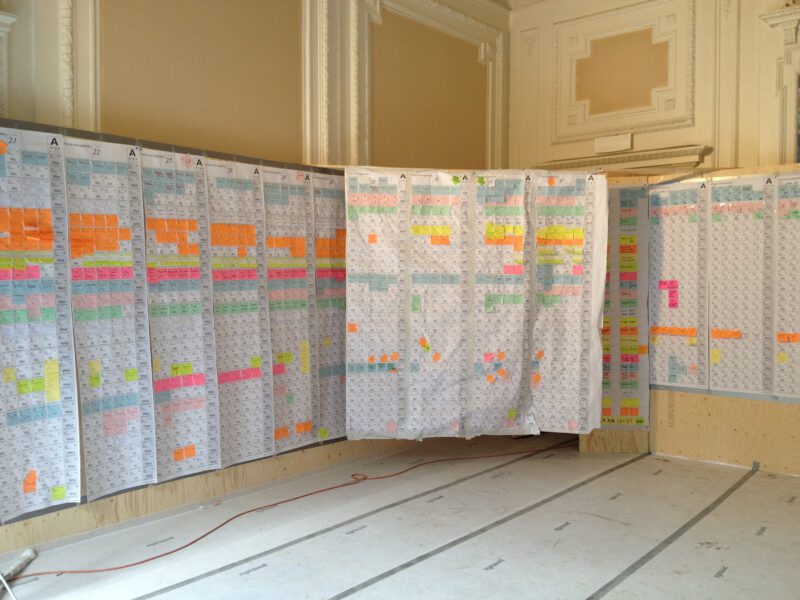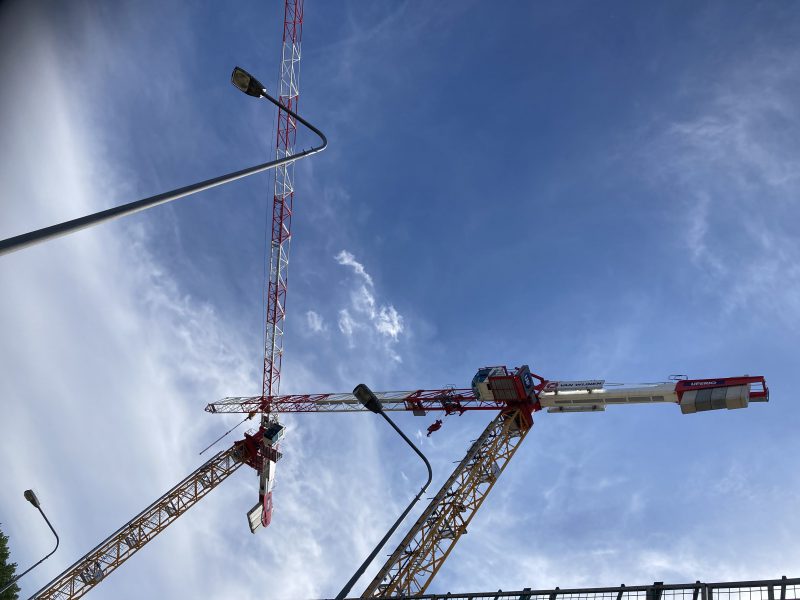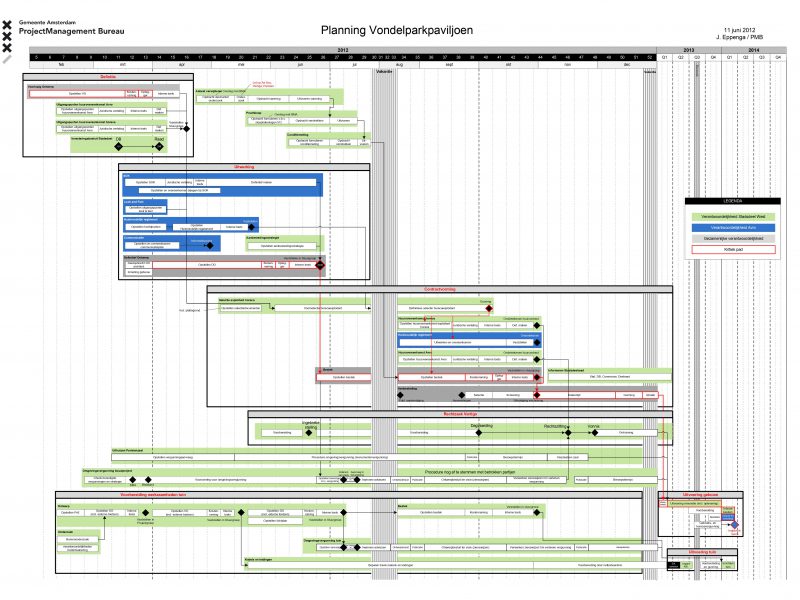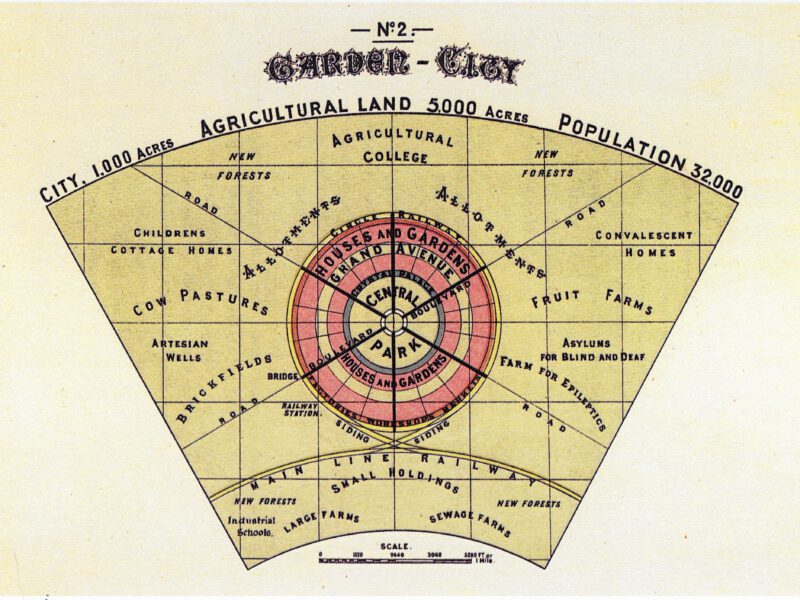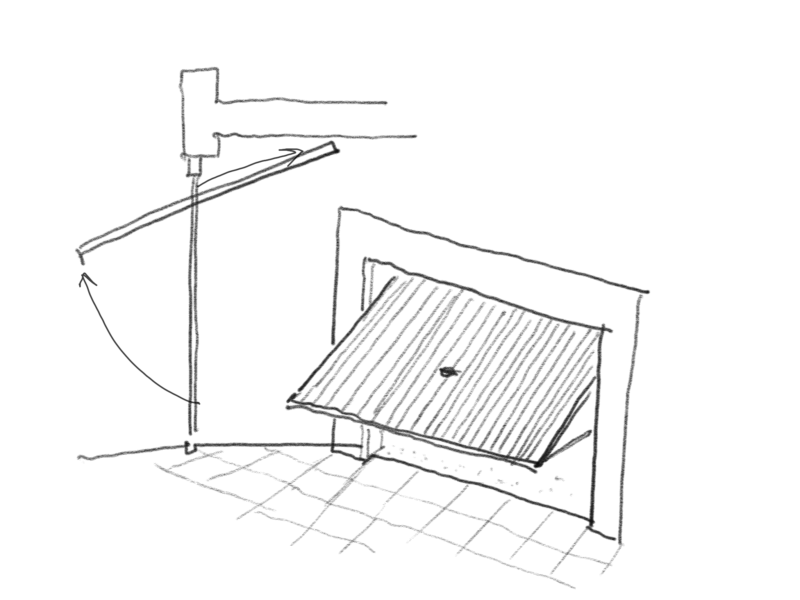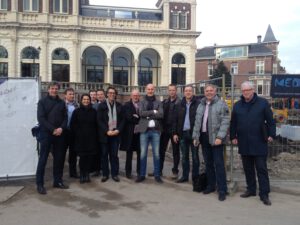 The human race is capable of many things these days, but we still aren?t able to predict the future. Nothing is more uncertain, than the time ahead of us: ?out of the million finance graduates in the world, not one had predicted the economic crisis we are dealing with today?(Dobelli 2013, 52). The future is unpredictable. Nevertheless, we continue to make plans for the future. Why?
The human race is capable of many things these days, but we still aren?t able to predict the future. Nothing is more uncertain, than the time ahead of us: ?out of the million finance graduates in the world, not one had predicted the economic crisis we are dealing with today?(Dobelli 2013, 52). The future is unpredictable. Nevertheless, we continue to make plans for the future. Why?
Last year I was the over-all manger of a complicated project: the renovation of the ?Vondelparkpaviljoen? a historical building in the city park called Vondelpark, in Amsterdam. When I entered the project, I asked a colleague to create an over-all time schedule. He made the schedule based on interviews with all important stakeholders of the project: the clients, the architect, the garden designer, the engineers, the financial expert, the managers of sub-projects, etc. All partners gave feedback on each other?s proposals for the schedule. This resulted in an integrated schedule ? incorporating approximately 10 different disciplines – which was, at the end, approved by the stakeholders involved.
A striking feature of a design planning is the level of uncertainty. Designing can be described as a quest for certainty. It is strongly influenced by: (a) Personal opinions, influenced by typical experience but also Optimism Bias or Strategic Misrepresentation (Morris 2012, 321-329), and (b) External processes that cannot be influenced, for example legislations, bankruptcy, legal procedures and the learning ability of the team members and the client.
With united strength we have all done our jobs based on this schedule. To everyone?s delight, we were able to finish all main subtasks of the project in time and the building was delivered according to the agreements of the clients. But looking back, I have to say, in all fairness, nothing went exactly as originally planned.
Planning together is a process in which everyone gains insight in each other?s work and the relationship between different parties will become clear. (this is what I also explained in my previous post: LEAN) However, the result of this ? the schedule – is just an encapsulation of a moment in time. As I said we can?t predict the future and we designed a “future perfect” to get a hold of the process ahead.
As things never go as planned, you would expect tension and irritation, between the different project partners during the process. “Why did you not plan your contribution well?”, “Why didn’t you take this or that into account?”. But this was not the case with the ?Vondelpaviljoen? project. In my opinion, the reasons for this could be that:
? Everyone was involved in the process of creating the overall planning and all accepted it for real in advance,
? When reality turned out to be different, it was accepted by team members,
? Because we all gave feedback and accepted the schedule for real, and everyone knew that,
? One time, the team had to help you out, if your work was not going as planned, but the other time it is the other way around. If you are reasonable to your partners, they will be so to you. This is how team spirit was build.
? Planning together made us realise, that we were all in it together for the better and the worse.
To conclude: by planning together a flexible attitude between stakeholders grew and I think this is why it is so important to plan things together when working in projects with different stakeholders.
